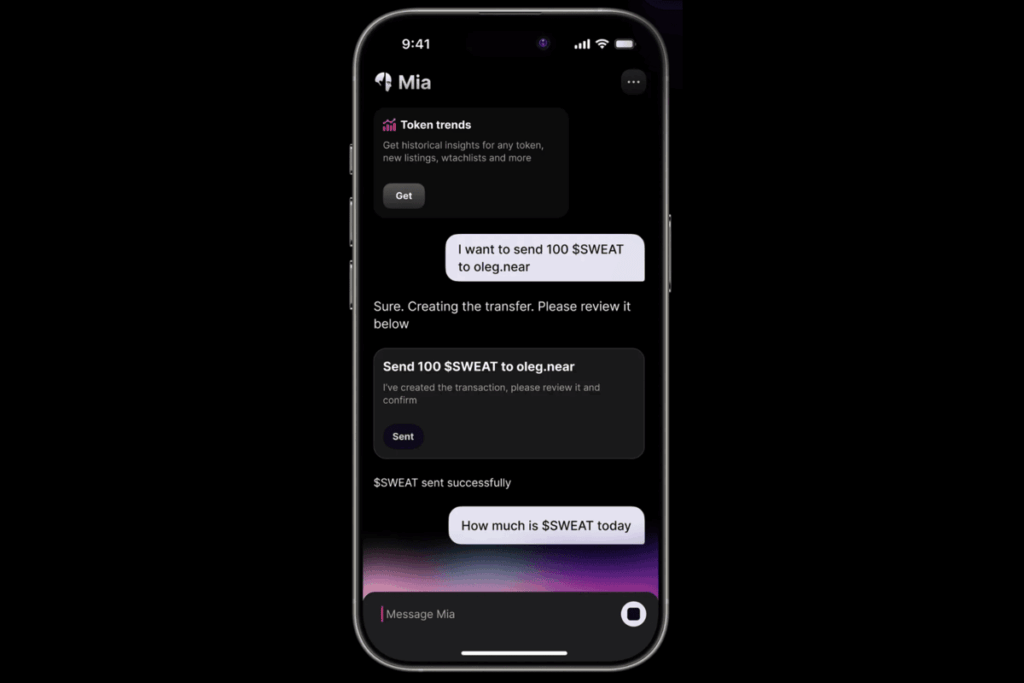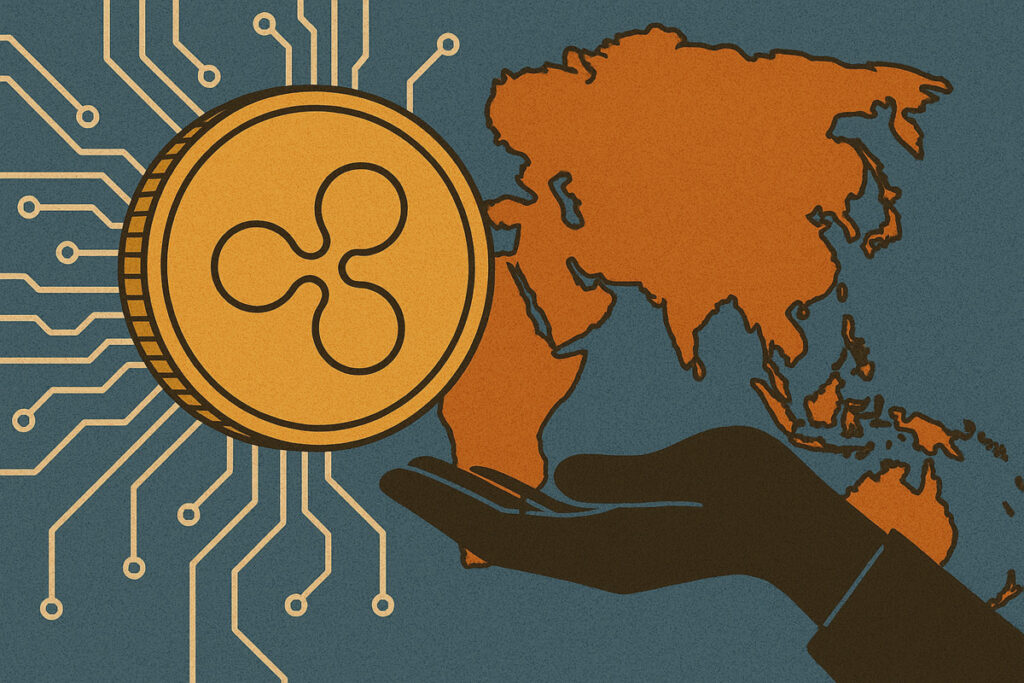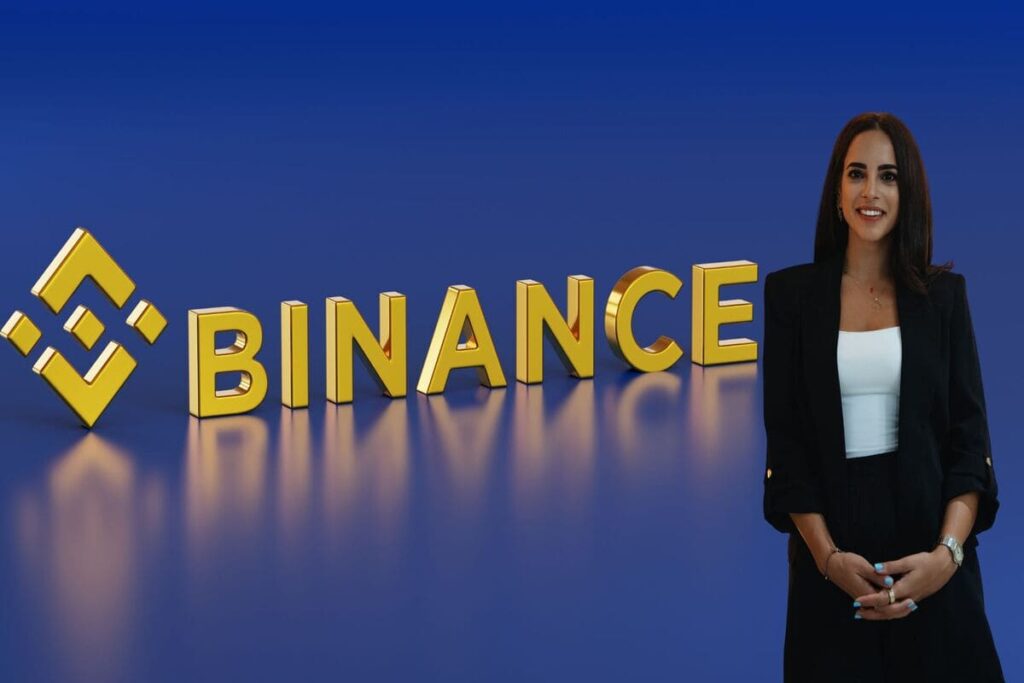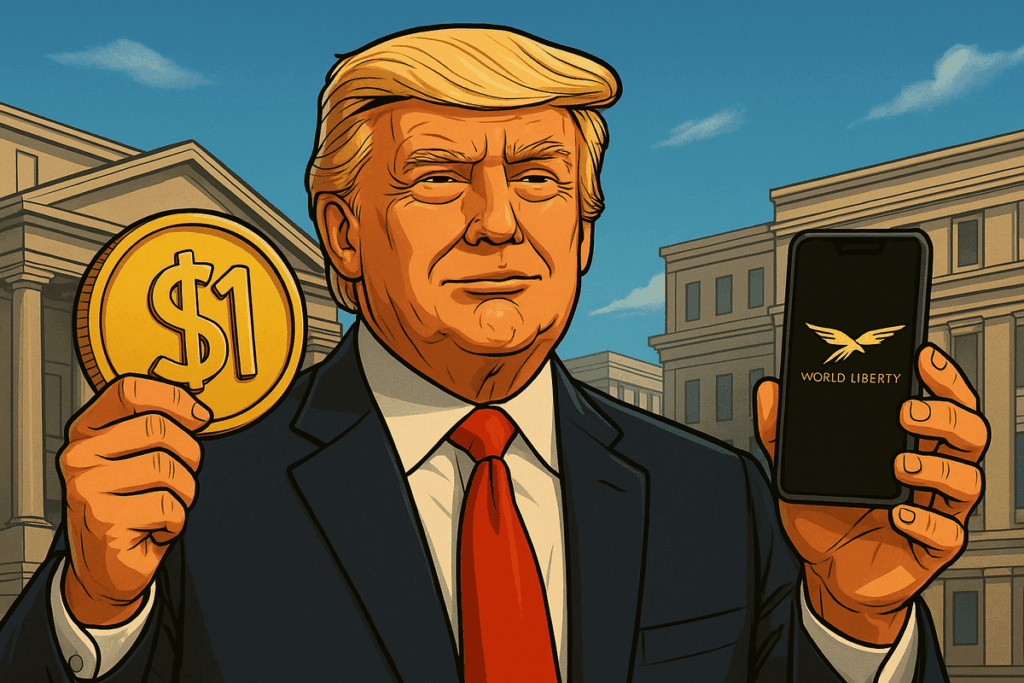- Policy Statement 2.0 introduces the “LEAP” framework, focused on legal clarity, ecosystem expansion, applications, and talent to develop Hong Kong’s digital asset market.
- Stablecoin licensing begins August 1, and new rules for exchanges, custodians, and tokenized financial instruments aim to streamline regulation.
Tokenized bonds, ETFs, and real-world assets like gold and renewables are targeted to demonstrate blockchain’s practical value across traditional sectors.
Hong Kong government released its second policy statement on digital assets, building on its 2022 foundation with an updated regulatory and innovation roadmap. Known as Policy Statement 2.0, the announcement sets out a long-term vision to transform the city into a leading crypto and fintech hub.
At the heart of the new policy is the LEAP framework short for Legal clarity, Ecosystem expansion, Application advancement, and People development. It is designed to create a secure, innovation-driven ecosystem that enables scalable adoption of blockchain and tokenization.
One of the framework’s top priorities is establishing unified regulations for the digital asset industry. The Securities and Futures Commission (SFC) will oversee licensing for exchanges, stablecoin issuers, dealers, and custodians. Simultaneously, the Financial Services and the Treasury Bureau (FSTB) and the Hong Kong Monetary Authority will conduct a legal review to enable tokenized financial instruments, such as bonds and real-world assets (RWAs), to be brought on-chain.
Newsletter
Get weekly updates on the newest crypto stories, case studies and tips right in your mailbox.

Expanding tokenization across finance and industry
Hong Kong’s updated policy emphasizes real-world implementation of blockchain. Plans include scaling up the issuance of tokenized government bonds, clarifying tax guidelines for tokenized ETFs, and enabling their trading on licensed platforms. This regulatory clarity is meant to unlock new opportunities for both issuers and investors.
Authorities also plan to extend tokenization into sectors like gold, precious metals, and renewable energy, showcasing how blockchain technology can improve liquidity and accessibility in conventional asset classes. These measures aim to solidify Hong Kong’s leadership in digital financial innovation.
The government further confirmed that a stablecoin licensing regime will go into effect on August 1. Alongside regulation, officials will explore real-world stablecoin use cases, such as payments and financial services, to encourage adoption.
A key part of this effort involves promoting collaboration between government bodies and private industry, laying the groundwork for the infrastructure needed to support a full-scale digital asset economy.
Education, talent, and global collaboration in focus
Policy Statement 2.0 also outlines a strategy to make Hong Kong a hub for digital asset research and education. This includes partnerships with universities and global institutions to launch joint initiatives, talent development programs, and academic research aligned with industry needs.
In his remarks, Financial Secretary Paul Chan emphasized the importance of the new framework:
The Policy Statement 2.0 sets out our vision for DA development and showcases the practical use of tokenisation through application. It will bring benefits to both the economy and society while consolidating Hong Kong’s leading position as an international financial centre.









